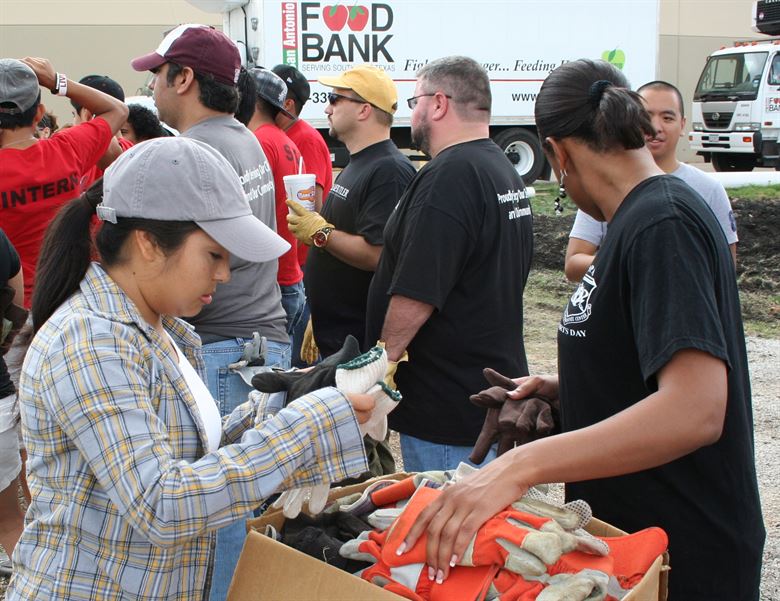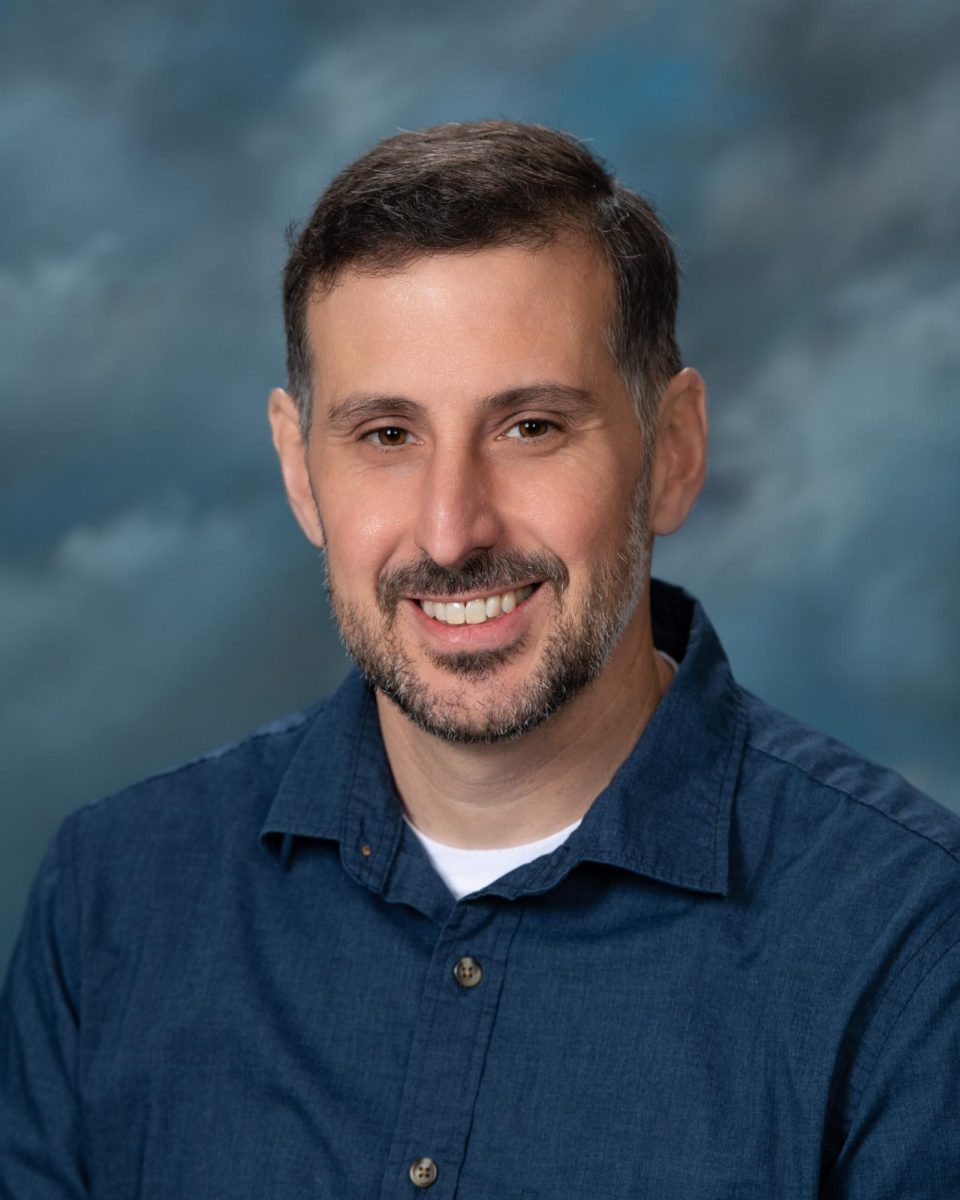
Gleaning is the act of collecting excess fresh foods from farms, gardens, farmers markets, grocers, restaurants, state/county fairs or any other sources in order to provide it to those in need (USDA, 2018). Gleaners are people allowed into fields and orchards to pick fruits and vegetables after the grower’s harvest. This free food is then distributed to food banks, low-income and elderly housing complexes, group homes, homeless shelters, rehab facilities, soup kitchens and more.
Every year, well over 100 billion pounds of food are thrown away in this country. One quarter of all food produced for human consumption is lost annually in the United States. At the same time there are 49 million people, including more than 16 million children, who are at risk of going hungry (End Hunger, 2018). Since it might be unmarketable or not worth picking, produce is sometimes plowed under or left to rot community groups, gardeners, farmers, agencies that serve the hungry, etc., it helps foster strong local community food systems. Furthermore, it provides vital resources to nonprofits who serve food to those in need and may not be able to properly support the cause.
One of the biggest hunger relief organizations for gleaning is based in Virginia. The Society of St. Andrew (SoSA), began the Gleaning Network in 1988. The Gleaning Network continues to expand into new areas as more growers catch a vision of a world without hunger and more gleaners work to make this vision a reality. So far gleaning is located in Canada, the U.K., Australia, Africa, South America and the U.S.. People of all ages, rich and poor, are allowed to become gleaners. Organizations connect individuals, faith groups, scout troops, clubs, schools and senior citizen groups with growers and a trained field supervisor in the field for gleaning.
SoSA serves as a liaison between farmers and feeding agencies by leading field gleanings made up of volunteers who want to give back to their community. The faith-based, hunger relief nonprofit organization is working to bridge the hunger gap between the billions of pounds of food wasted every year in this country and the millions of Americans who live in poverty. For over 30 years, they have worked with donors, volunteers, and farmers to glean nutritious excess produce from fields and orchards after harvest and deliver it to people in need across the United States.
If you’re interested in gleaning one weekend or to connect farmers/growers in Georgia go to: https://endhunger.org/georgia/
If you’re not from Georgia and are looking to do the same, visit http://ampleharvest.org/ to find the closest gleaning program near you.








